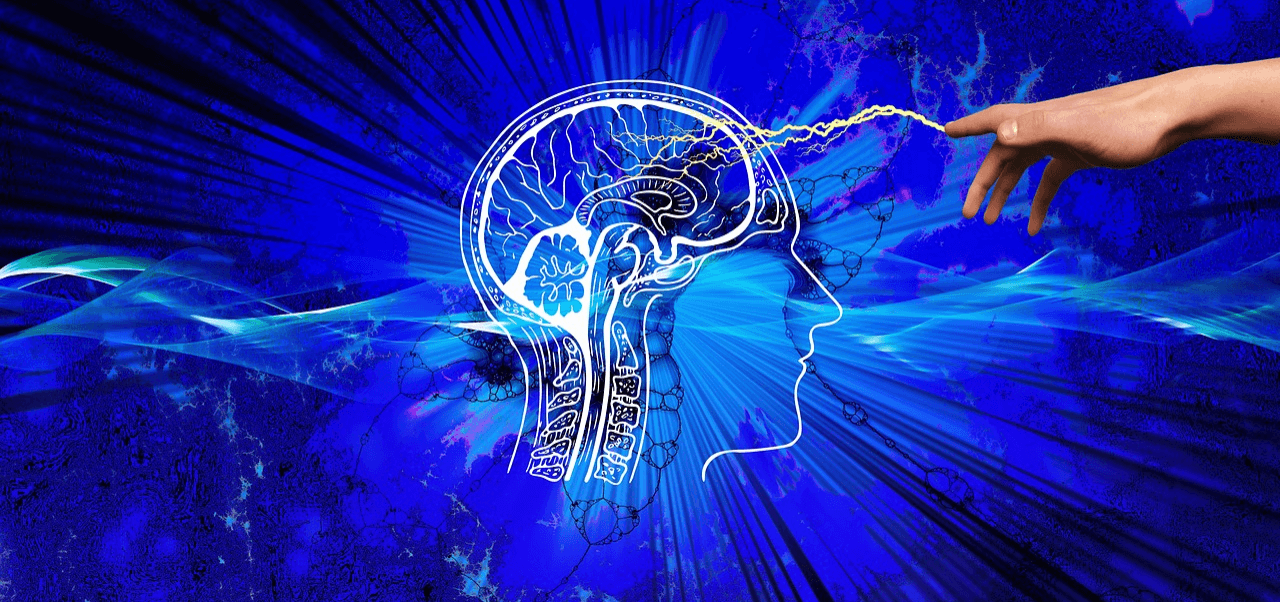Dr. Christine Born is a radiologist by trade, so you might not think she’d be an expert on marketing or how emotional branding works.
You’d be wrong.
Her research revealed that your brain has an immediate visceral reaction to images and logos — even before you know anything about a product. The way something feels to you produces an emotional reaction.
Using functional magnetic resonance imaging (fMRI) testing, Dr. Born’s team demonstrated how strong brands light up the brain with minimal effort, no matter what product is being shown. Weak brands trigger a negative response.
“The results showed that strong brands activated a network of cortical areas and areas involved in positive emotional processing and associated with self-identification and rewards.” – Dr. Christine Born
First impressions really do count.
In fact, our brain reacts in less than one-tenth of a second (100 ms), and once it forms an opinion, it rarely changes, even with time. Researchers at Princeton University showed people unfamiliar faces and asked them to judge them.
Whether people saw the picture for 100 ms or had the opportunity to study them for longer periods, the impressions they formed showed minimal deviation. When exposure time increased, researchers found, the judgment didn’t change. What did change was the confidence people had in their assessment.
Your brain makes an instant visual connection and filters it through past experiences. If you’ve had a poor experience with a brand in the past, marketing for that product may only reinforce the negative connection. Conversely, a positive impression can be reinforced as well.
The Pepsi Challenge
In the 90s, Pepsi launched The Pepsi Challenge promotion. It did blind taste tests between its product and rival Coke. The soft drink company proclaimed that more than 60% that took the test preferred Pepsi over Coke when they were unaware of which product they were drinking.
Neuroscience researchers at the Baylor College of Medicine independently did their own Pepsi vs. Coke challenge monitoring brain activity. No real preference for either product emerged. Brain scans confirmed it. After researchers revealed which product was Pepsi and which was Coke, things changed, however. Coke lit up the brain, while Pepsi didn’t.
Knowing the product and associating it with a positive experience made a difference. When people knew it was Coca-Cola, they preferred Coke.
Emotional Branding
While we all think we make decisions logically, we actually are bound more by our emotions. Studies show that we make decisions with emotion and then justify it with facts. In other words, a logical argument will fall short unless we are inclined to believe it.
How important are emotions in decision-making? Neuroscientist Antonio Damasio studied this in an unusual way.
Damasio pulled together a group of people that had suffered brain damage to the orbital and medial prefrontal cortex. This is the area in the brain that impacts emotional processing. Amazingly, this group could function normally but was unable to feel emotions. One other thing they struggled to do was make decisions. While they could describe a situation in logical terms and explain the pros and cons, they had difficulty making even simple choices, such as what foods to eat.
Without an emotional connection, logic didn’t sway their choices. Rather, study participants were often unable to make any choice.
So, what does all this tell us as marketers?
Facts and logic are great, but you’re not going to win the argument even if the facts are all on your side unless you can trigger that emotional response.
Look no further than the current political climate in the US. A significant number of citizens are polarized on opposite sides of the political spectrum, convinced they are right and the other side is wrong. Logical arguments can’t dissuade them of their beliefs, no matter how convincing they are.
Even if the light of overwhelming evidence that their beliefs are wrong, people often fail to revise their beliefs. Those on opposite ends of the argument are already emotionally committed. It demonstrates how difficult this can be for marketers if they’re not already emotionally connected to a consumer.
“Logic makes people think. Emotions make people act.” – Graeme Newell, emotional marketing expert
Emotional Marketing
Marketers today know that to be effective, they need to target their ideal customer (buyer persona) and deliver the right message to the customer at the right stage of the buyer’s journey. What they must also do to be successful is to communicate the emotional benefits associated with a brand or product.
This means truly understanding the motivations of your customers and what they need to hear, feel, and experience to influence a decision. When you can deliver on that, not only will your message resonate more deeply, but it’s also more likely to make a lasting impression. When you experience an emotionally charged event, your brain releases dopamine. This aids in both information processing and memory.
Some of the most successful marketing campaigns in history have used emotions to motivate consumers. By examining these emotional connections, marketers can more sharply focus on content to stimulate the visceral connections that lead to making an impression and trigger buying decisions.
It’s not just a theory. A Nielsen marketing study shows that ads evoking emotional responses resulted in a 23% sales volume increase. Ads that scored lowest on the emotional response scales were associated with a 16% decline.
Emotional Connections Make the Difference
When you’re designing your marketing — whether it’s an advertisement or a piece of content marketing — you need to think about the emotional impact. Colors, designs, images, fonts — everything sends a message.
In a world where we are bombarded with messages relentlessly, and products struggle to distinguish themselves with subtle differences in features, it’s the emotional connection that can make a lasting impression.
About the Author
This post was written by nDash community member Paul Dughi. To learn more about Paul — or to have him write for your brand — check out his nDash profile page.
